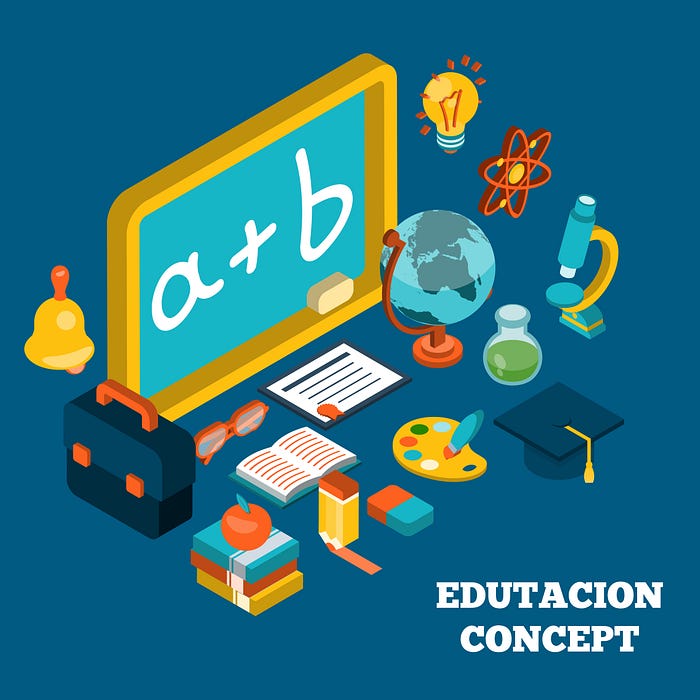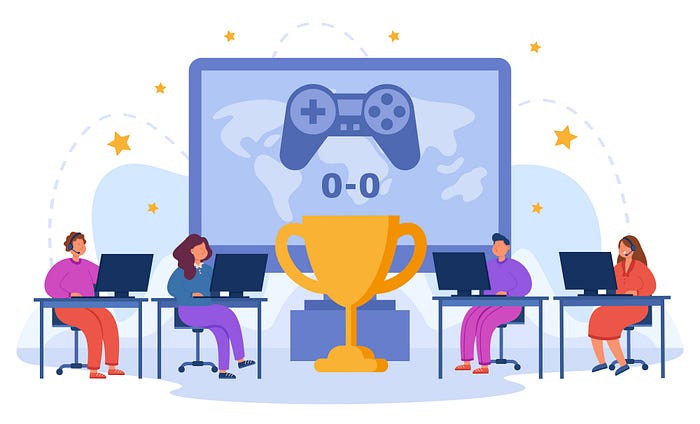Gamification in eLearning: Increasing Engagement and Retention
 vinay Bommena
vinay Bommena
Gamification, the integration of game elements into non-game contexts, has emerged as a powerful tool in the eLearning landscape. By incorporating elements such as points, badges, leaderboards, and challenges, gamification transforms traditional learning experiences into engaging, interactive, and motivating activities. This article explores how gamification enhances eLearning outcomes, providing insights into its benefits and practical applications.

1. Increased Engagement and Motivation
One of the primary benefits of gamification in eLearning is the significant boost in learner engagement and motivation. Traditional eLearning modules can often feel monotonous, leading to decreased interest and participation. Gamification addresses this by introducing game-like elements that make learning more enjoyable. For instance:
Points and Badges: Earning points and badges for completing tasks or achieving milestones provides a sense of accomplishment and encourages continuous progress.
Leaderboards: Competition with peers through leaderboards fosters a healthy competitive spirit and motivates learners to perform better.
Challenges and Quests: Structured challenges and quests create a sense of adventure and purpose, driving learners to complete their learning journeys.
2. Enhanced Retention and Recall
Gamification aids in improving knowledge retention and recall by making learning more interactive and memorable. The active participation required in gamified learning experiences helps reinforce concepts and skills. Key strategies include:
Interactive Simulations: Simulations that mimic real-world scenarios allow learners to apply theoretical knowledge in a practical context, enhancing understanding and retention.
Repetition and Reinforcement: Gamified modules often include repeated interactions with the content, reinforcing learning through practice and repetition.
Immediate Feedback: Instant feedback on performance helps learners understand their mistakes and correct them promptly, facilitating better retention.
3. Personalized Learning Experiences
Gamification enables the creation of personalized learning experiences tailored to individual needs and preferences. Adaptive gamified systems can adjust the difficulty level, content, and pace based on the learner’s performance and progress. Benefits include:
Customized Pathways: Learners can choose their paths, focusing on areas where they need improvement or have particular interest, enhancing the relevance of the learning experience.
Adaptive Challenges: The difficulty of tasks can be dynamically adjusted to match the learner’s skill level, ensuring an optimal balance of challenge and skill to maintain engagement.
Personal Progress Tracking: Learners can track their progress through visual dashboards, setting personal goals and milestones that align with their learning objectives.

4. Fostered Collaboration and Social Learning
Gamification can foster collaboration and social learning by incorporating elements that encourage teamwork and interaction. Social components of gamified eLearning include:
Team-Based Challenges: Collaborative tasks and challenges that require teamwork enhance social interaction and collective problem-solving skills.
Peer-to-Peer Learning: Features like discussion forums, peer reviews, and group projects encourage learners to share knowledge and learn from each other.
Social Recognition: Public recognition of achievements through leaderboards and badges motivates learners and builds a sense of community and shared success.
5. Improved Learning Outcomes and Performance
The interactive and immersive nature of gamified eLearning often leads to improved learning outcomes and performance. Key outcomes include:
Higher Completion Rates: The engaging nature of gamified content often results in higher course completion rates compared to traditional eLearning.
Enhanced Skill Development: Practical applications and simulations in gamified learning help in the development of real-world skills and competencies.
Measurable Progress: Gamification allows for the tracking of detailed metrics on learner performance, providing valuable data for assessing the effectiveness of the training program and making necessary adjustments.
Practical Applications of Gamification in eLearning
Implementing gamification in eLearning can take various forms, depending on the learning objectives and the target audience. Some practical applications include:
Corporate Training: Gamified eLearning modules can be used for employee onboarding, compliance training, and skill development, making training more engaging and effective.
Education: Schools and universities can integrate gamification into their curriculum to enhance student engagement, motivation, and performance.
Professional Development: Online courses and certification programs can use gamification to motivate learners and provide a more interactive learning experience.

Conclusion
Unlocking the power of gamification in eLearning offers numerous benefits, from increased engagement and motivation to enhanced retention, personalized learning experiences, and improved performance. By incorporating game elements into educational content, educators and trainers can create dynamic and compelling learning environments that drive better outcomes. As the eLearning landscape continues to evolve, gamification stands out as a key strategy for making learning more effective, enjoyable, and impactful.
Subscribe to my newsletter
Read articles from vinay Bommena directly inside your inbox. Subscribe to the newsletter, and don't miss out.
Written by
